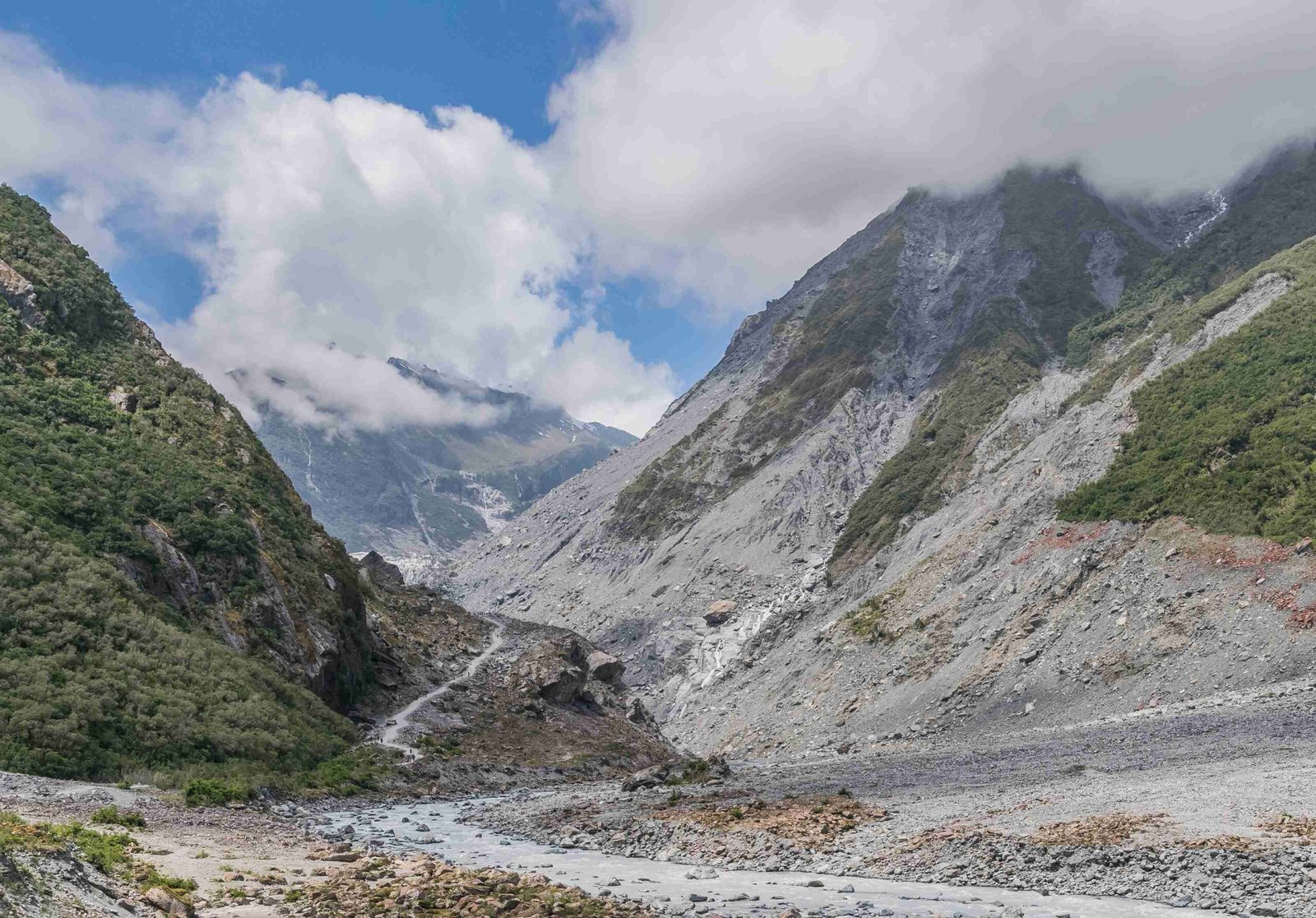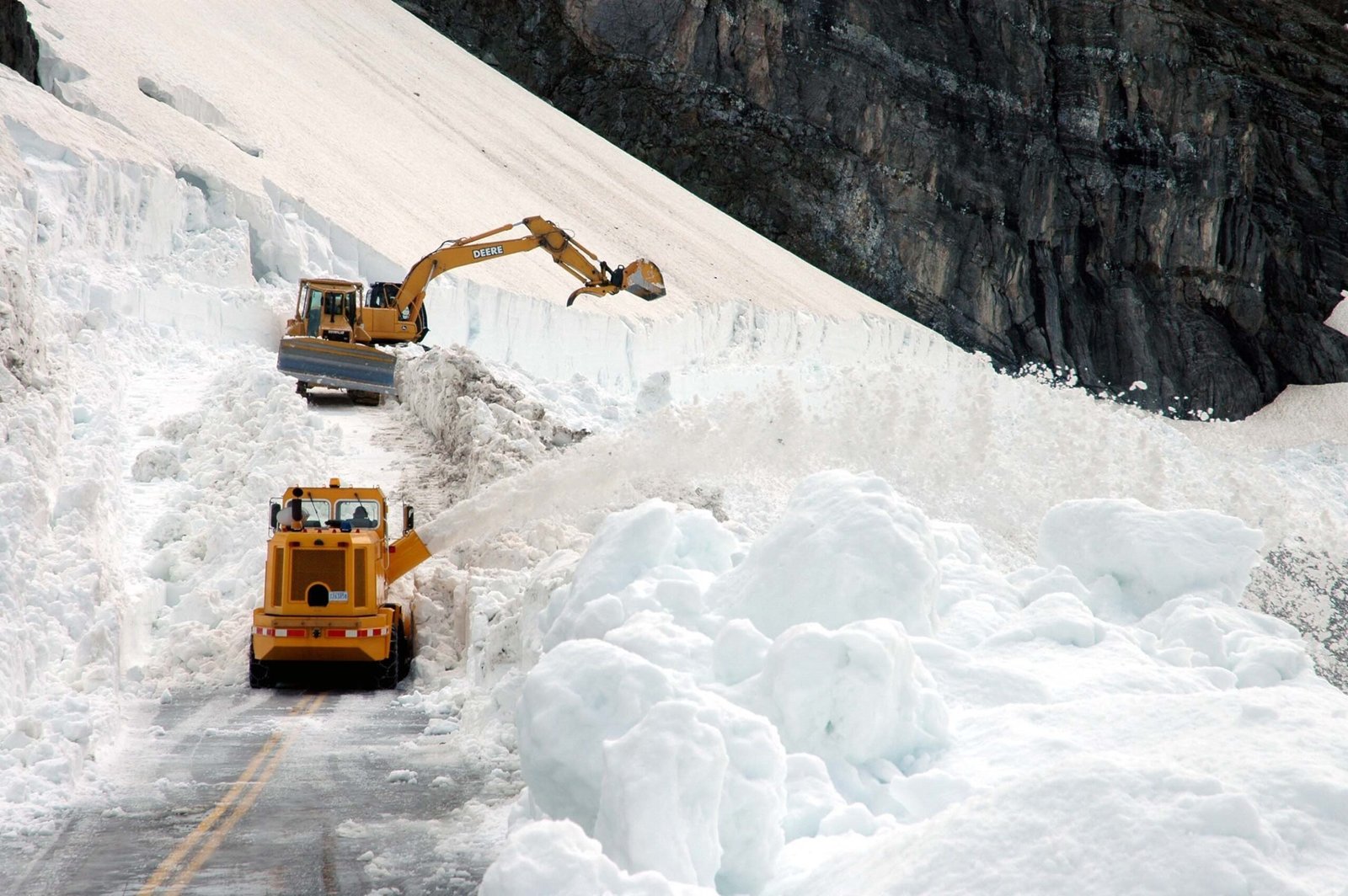Glacier National Park, known for its stunning landscapes and diverse ecosystems, is home to various insect species, including mosquitoes. While the park’s colder climate and high elevation result in lower insect diversity compared to warmer regions, visitors should still be prepared for encounters with bugs, especially during the warmer months. This article explores the types of insects found in the park, peak bug seasons, recommended repellents, and areas with higher bug activity to help visitors plan their trips effectively.
What Types of Insects Are Found in Glacier National Park?

Glacier National Park hosts a variety of insect species, adapted to its unique alpine environment. While the diversity is not as extensive as in warmer climates, visitors can expect to encounter:
- Mosquitoes
- Flies (including horseflies and deerflies)
- Bees and wasps
- Butterflies and moths
- Beetles
Among these, mosquitoes are often the most noticeable to visitors, particularly during the warmer months.
How Does the Mosquito Lifecycle Work in Glacier National Park?
The mosquito lifecycle in Glacier National Park follows four distinct stages:
- Eggs: Female mosquitoes lay eggs on the inner walls of containers holding water or directly on water surfaces.
- Larvae: Once submerged in water, eggs hatch into larvae, also known as “wrigglers.”
- Pupae: Larvae develop into pupae, often called “tumblers.”
- Adults: Pupae emerge as adult mosquitoes, ready to feed and reproduce.
This cycle is heavily dependent on water sources, which are abundant in the park due to its numerous lakes, streams, and areas of standing water.
When Is the Peak Bug Season in Glacier National Park?

Understanding the peak bug season is crucial for visitors planning their trips to Glacier National Park. Here’s what you need to know:
What Months Have the Highest Bug Activity?
The peak bug season in Glacier National Park typically occurs during the warmer months, from late spring to early fall. The highest activity is usually observed:
- Start: Late May to early June
- Peak: July to August
- End: Early to mid-September
This period coincides with higher temperatures and more abundant water sources, creating ideal conditions for insect reproduction and activity.
How Does Mosquito Population Density Vary Throughout the Season?
Mosquito population density in Glacier National Park fluctuates throughout the season:
| Month | Mosquito Density |
|---|---|
| May | Low to Moderate |
| June | Moderate to High |
| July | High |
| August | Moderate to High |
| September | Low to Moderate |
Factors influencing mosquito density include:
– Temperature
– Rainfall
– Snowmelt
– Proximity to water sources
What Are the Recommended Bug Repellent Products and Methods?
To effectively protect against mosquitoes and other insects in Glacier National Park, consider the following repellent products and methods:
Which Active Ingredients Are Most Effective?
- DEET (20-30%): Widely recognized as one of the most effective mosquito repellents.
- Picaridin (20%): Odorless alternative to DEET, equally effective against mosquitoes.
- Oil of Lemon Eucalyptus (30%): Natural option that provides good protection.
How Should Repellents Be Applied?
For optimal protection:
- Apply repellent to exposed skin and clothing.
- Reapply as directed on the product label, especially after swimming or sweating.
- Avoid applying repellents on cuts, wounds, or irritated skin.
- When using on children, apply to your hands first, then gently spread on the child’s exposed skin.
Which Areas in Glacier National Park Have Higher Bug Activity?
Understanding where bug activity is highest can help visitors prepare and take necessary precautions.
What Locations Should Visitors Be Most Cautious About?
Areas with higher bug activity in Glacier National Park include:
- Near water sources: Lakes, rivers, and streams
- Wetlands and marshy areas
- Forested areas with dense vegetation
- Campsites, especially those near water
- Lower elevation areas within the park
What Precautions Should Be Taken in High-Activity Areas?
To minimize bug encounters in high-activity areas:
- Wear long-sleeved shirts and long pants, preferably in light colors.
- Use appropriate insect repellents as recommended earlier.
- Avoid outdoor activities during peak mosquito hours (dawn and dusk).
- Consider using mosquito nets when camping or sleeping outdoors.
- Remove standing water from your campsite to reduce mosquito breeding habitats.
How Does Climate Change Affect Bug Populations in Glacier National Park?
Climate change is having a significant impact on the ecosystems of Glacier National Park, including its insect populations.
What Changes Have Been Observed in Insect Patterns?
- Extended active seasons: Warmer temperatures are leading to longer periods of insect activity.
- Shifts in species distribution: Some insect species are moving to higher elevations as temperatures rise.
- Changes in lifecycle timing: Earlier spring thaws may lead to earlier emergence of some insect species.
How Might Future Climate Trends Affect Bug Populations?
As climate change continues to affect Glacier National Park, potential impacts on bug populations include:
- Increased survival rates of overwintering insects due to milder winters
- Potential introduction of new insect species as habitats become more suitable
- Changes in plant-insect interactions, affecting pollination and ecosystem balance
What Are the Benefits of Insects in Glacier National Park’s Ecosystem?
While insects, particularly mosquitoes, can be a nuisance to visitors, they play crucial roles in the park’s ecosystem:
- Food source: Many birds, bats, and fish rely on insects as a primary food source.
- Pollination: Bees, butterflies, and other insects are essential pollinators for many plant species.
- Decomposition: Some insects help break down organic matter, recycling nutrients in the ecosystem.
- Indicator species: Insect populations can serve as indicators of ecosystem health and climate change impacts.
Conclusion
While Glacier National Park does indeed have bugs, including mosquitoes, their presence shouldn’t deter visitors from experiencing the park’s magnificent beauty. By understanding the types of insects present, peak seasons, and taking appropriate precautions, visitors can minimize discomfort and fully enjoy their time in this stunning natural environment. Remember, insects play vital roles in the park’s ecosystem, contributing to its biodiversity and overall health.